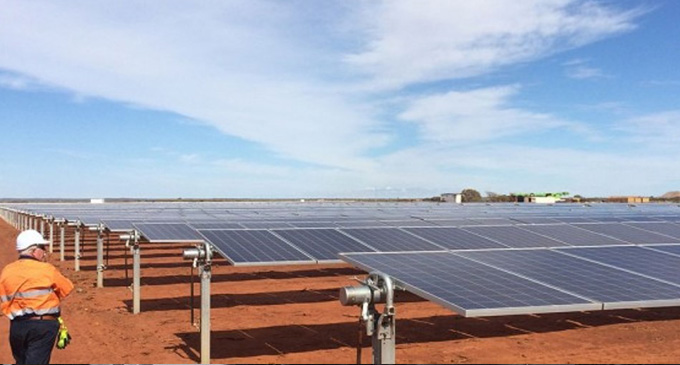Renewable energy and mining have conflicting priorities in Australia, the national Minerals Institute reports. Over 50% of Australia’s export income comes from coal, iron ore, and liquefied natural gas. BHP is reconsidering membership of Minerals Council of Australia, World Coal Association, and US Chamber of Commerce owing to pressure to reduce emissions. Yet it could save on its expense budget by using renewable energy to power its operations.
The International Energy Association reports a business case for replacing grid electricity with self-generated renewable electricity. “The cost of hydro, solar and wind power can fall below $US30/MWh ($A39/MWh),” it says, “and supply an electricity load with high load factors, particularly when combined.” This is particularly relevant for large, remote mines.
The cost of solar and wind have fallen 90% in Australia in the past five years, as the country makes a play to be leader in the field with high volumes. Conversely, the cost of grid power has doubled in this time, the Australian Minerals Institute advises. Hence, the gap is narrowing fast as the tipping point approaches, the moment when mining no longer has a choice.
An Ernst & Young report confirms Australia is one of three top nations for wind and solar energy resources. Achieving a goal of 50% saturation by 2030 will create 28,000 new jobs. With consumer electricity costs rising six times faster than wages, it seems likely the mines will cut over to renewables soon. One already has. Sandfire’s DeGrussa mine, 900 km north of Perth has installed a hybrid solar/battery system that is the largest of its kind in the world.
To read the full article, click here.
Image Acknowledgement: Sandfire DeGrussa Mine

